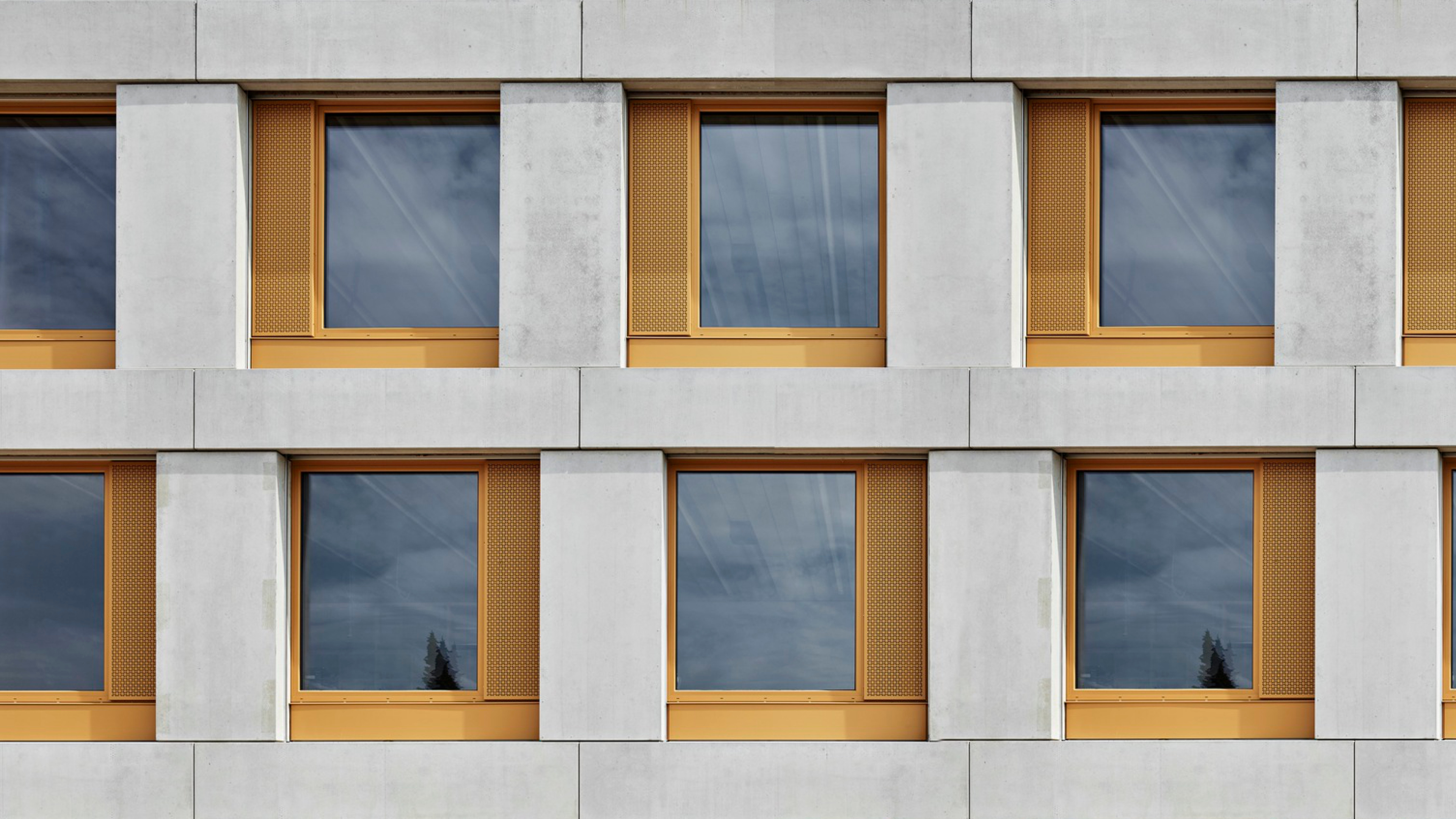Single-Hung vs Double-Hung?
This question is a case study in how form forgot function. Put simply, in a double-hung window, cool air comes in through the lower operable pane, and hot air escapes through the upper operable pane. Whoosh. Ventilation as no other window type can deliver.
A single-hung window, which only opens on the bottom, requires a second window on a different exposure of the building to work the same way. Single hung windows are good for other reasons, but when looking at ventilation, you have to consider this factor
A variation of the double hung window, the horizontal pivot, offers the same ventilation benefit but in a larger footprint.
What to look out for
In single hung windows, the lack of projecting elements can make the window safer in situations where people may be walking close to the window, where furniture or other elements want to sit next to the window or where there is a risk of wind catching a sash projecting outward.
The same is true for double hung windows staying safely out of the way. Plus, the combination of two separate openings and lack or projecting elements makes the double-hung window unique in its ability to provide natural ventilation.
The advantage of pivot windows over a traditional double-hungs is that there are two much larger openings for air to move through while maintaining the functionality of hot air rising through the top opening and cool air entering through the lower opening. The disadvantage is that the open window projects both into and out of the building requiring significant clearance to function effectively. Consider that if planting outside of furniture inside sit too close, the window may become blocked from functioning.
Deep Dive

The Monadnock Building in Chicago, famous for its load bearing brick construction is also popular for having offices with operable windows.
Double Hung windows were ubiquitous in pre-war architecture, not because they were fashionable but because they were functional. After the introduction of air conitioning, we've mostly reduced double hung windows to a visual style. We have collectively forgotten their usefulness! A web search on the difference between a single hung and double hung mainly gets you results saying that a double hung has twice as many moving parts as a single hung. A better answer is that double hung windows were designed to accommodate natural ventilation in buildings which didn’t have air conditioning and didn’t have a layout which accommodated a cross breeze.
Projects with design objectives which align with the double hung aesthetic - whether to please design review boards, match a historic neighborhood or simply to seek out the classic look that double hung windows provide - sometimes have the option to choose the cost savings which single hung windows provide. Those projects may benefit from cross ventilation options and not need the ventilation advantage of double hung windows over single hung windows.
As architects expand their toolkit of passive energy saving options, remember the double hung’s ability to open the windows both high and low. In spaces without cross ventilation pulling air through a space, natural convection occurs because hot air rises. In most windows, which have a single opening, turbulence created by air entering and exiting in the same place significantly limit the ventilation potential of an opening. Adding additional windows side by side multiplies the problem, it doesn’t solve it. By contrast, in a double hung window the two openings are separated from each other vertically so that each provides one way flow for different temperatures of air.
Free product research reports for design teams and specifiers
Acelab is a materials platform that makes architecture better for architects. Our tools enable you to discover, compare, and specify the right materials for your project quickly and easily. Break the cycle of reusing specs and find the best products for your needs, every time.

Free Windows Research Report for Architects
Acelab's in-house experts can prepare a report of the best cladding options for your small project, for free. Fill out our product quiz with what you're looking for, and we'll send back our recommendations. Learn More

